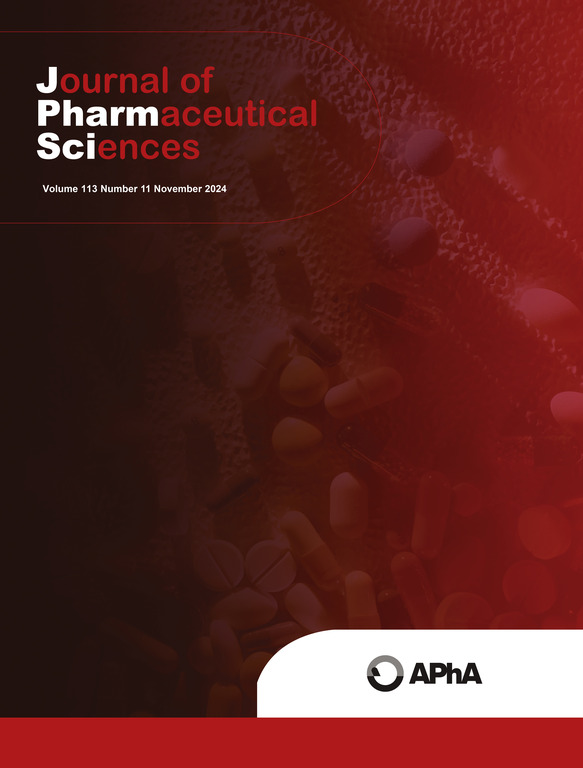利用原子层沉积技术改善初级包装用玻璃瓶的性能。
IF 3.7
3区 医学
Q2 CHEMISTRY, MEDICINAL
引用次数: 0
摘要
新型药品和给药装置可能需要包装材料具有更好的性能,例如在可萃取性、可浸出性和不需要的相互作用方面。为此,我们采用原子层沉积(ALD)技术,在初级包装玻璃上形成纳米范围的二氧化硅、二氧化锆和氧化铝-二氧化钛薄膜。在不影响材料视觉外观的前提下,通过对表面进行可控改性,还实现了功能性的创造。ALD 镀膜的 I 型硼硅玻璃瓶与未镀膜的玻璃瓶进行了比较,并通过适当的测量显示了量身定制的功能。测试的 ALD 涂层在玻璃上形成了一道屏障,防止玻璃瓶和涂层中的可萃取物和可浸出物。良好的 ALD 涂层可防止药物泄漏到储存的产品中。耐水解性结果提高了 85-92%,这些结果与直接的水传导性测量结果密切相关。与未镀膜的硼硅酸盐玻璃瓶相反,镀有稳定 ALD 膜的玻璃瓶提取物中检测不到任何萃取元素。电子显微镜也观察到了表面完整性的改善。ALD 膜增加了表面的亲水性,调整 ALD 膜的厚度和成分可精确阻挡紫外线波长,而不影响透明度。总之,ALD 是一种在初级包装材料上制造阻隔膜和功能膜的多功能方法。本文章由计算机程序翻译,如有差异,请以英文原文为准。
Improved properties of glass vials for primary packaging with atomic layer deposition
Novel pharmaceuticals and drug delivery devices may require better performance from the packaging material e.g., in terms of extractables and leachables, and unwanted interactions. To address this, we applied atomic layer deposition (ALD) to build nanometer-range SiO2, ZrO2 and Al2O3-TiO2 films on primary packaging glass. Controlled modification of the surface also enabled creation of functionality without affecting visual appearance of the material. ALD-coated Type I borosilicate vials were compared to uncoated ones, and tailored functionality was presented by appropriate measurements. The tested ALD coatings formed a barrier on glass against extractables and leachables, from the vial and the coating alike. A good ALD coating prevents any leakage into the stored drug product. Hydrolytic resistance results improved by 85–92 %, and these results correlated well with straightforward water conductivity measurements. Opposite to uncoated borosilicate glass vials, no extracted elements could be detected from the extracts of the coated vials with stable ALD films. Improved surface integrity was observed with electron microscopy as well. ALD films increased hydrophilicity of the surface and tuning the ALD film thickness and composition allowed precise blocking of UV light wavelengths, without affecting transparency. As a conclusion, ALD is a versatile method to create barrier and functional films on primary packaging materials.
求助全文
通过发布文献求助,成功后即可免费获取论文全文。
去求助
来源期刊
CiteScore
7.30
自引率
13.20%
发文量
367
审稿时长
33 days
期刊介绍:
The Journal of Pharmaceutical Sciences will publish original research papers, original research notes, invited topical reviews (including Minireviews), and editorial commentary and news. The area of focus shall be concepts in basic pharmaceutical science and such topics as chemical processing of pharmaceuticals, including crystallization, lyophilization, chemical stability of drugs, pharmacokinetics, biopharmaceutics, pharmacodynamics, pro-drug developments, metabolic disposition of bioactive agents, dosage form design, protein-peptide chemistry and biotechnology specifically as these relate to pharmaceutical technology, and targeted drug delivery.

 求助内容:
求助内容: 应助结果提醒方式:
应助结果提醒方式:


